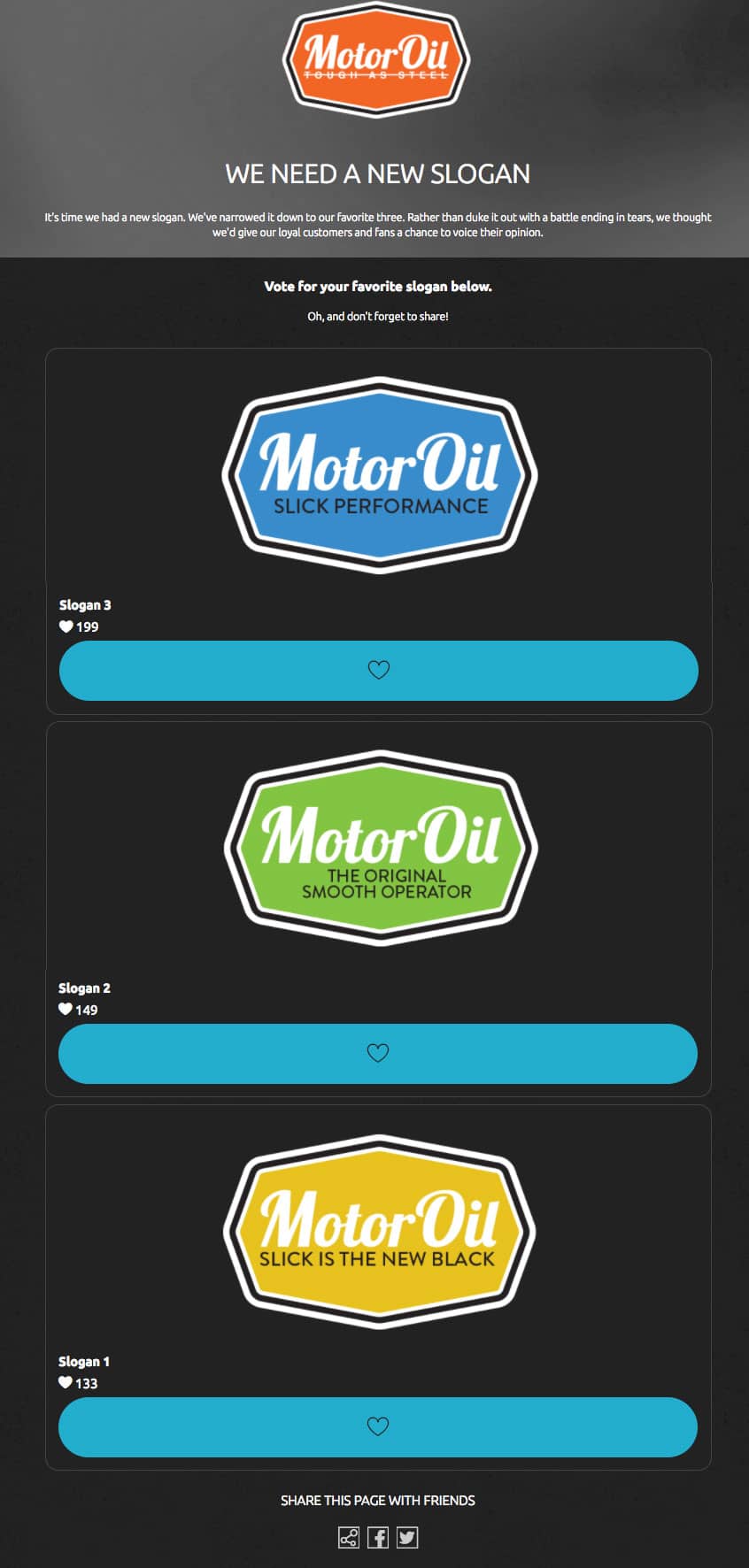
Video aggregators help you organize the vast number of videos in one place. They give you search features, recommendations, and billing. They can also be used to search for videos that are related to a particular topic. It is up to each person to choose the best video aggregator, but there are some basic principles you can keep in your mind. Below is a comparison between some of the most well-known video aggregators.
Organizing a vast amount of video content
An aggregator is more important than ever as SVOD subscriptions keep increasing. With over 1.74 Billion video subscriptions worldwide, consumers will need help to navigate the massive amount of content. There are many types aggregators. Some are disruptors such as Amazon, others are established players like Pay TV. However, all players agree that aggregation is essential to the future of video, as it offers a single point of billing for consumers and economies for the providers.
There are many factors that influence the necessity of an aggregator. First, consumers expect personalized video content and convenience. Second, they expect to find something that meets their particular preferences. This is why streaming services have intensified their efforts in creating a platform. AVOD aggregators can help these consumers by assembling and packaging short clips that are relevant to their interests.
A second benefit is that aggregators can offer producers a wide range of benefits. Aggregators can negotiate better deals for platforms and help smaller films find theatrical release. Aggregators are also able to help smaller films find digital distribution options in non-traditional markets. It is important not to confuse film aggregators and video hosting websites. They act as a mediator between distributors and creators, offering localisation, marketing and technical services.
While streaming services are increasing in popularity, consumers still don't like the user experience. Consumers will have a harder time finding their favorite content, as more major companies enter the streaming space. Video aggregators are essential tools for personalization and flexibility. Accenture found that viewers prefer to watch their favorite content on a single platform, rather than using multiple services.
Search
There is a growing demand for a video aggregator in order to make it easier and more convenient for users to search for and consume content. A survey of subscribers to pay TV found that 62% got frustrated trying to find the content they wanted. This frustration has decreased a bit over the last five years, as operators have deployed search and recommendation features to address the frustrations of their subscribers. Several approaches are currently emerging in this space.

One of the major problems with the streaming market is the sheer number of content providers. These content providers each have their own apps. This makes finding specific viewing content difficult. Intellectsoft created an application to simplify the task by aggregating content from different providers and specifying what platforms they're available on. These video aggregators are now widely available and are an excellent resource for finding the content you're looking for.
This model is simple and effective, but it can be difficult to commercially achieve. Many video aggregators struggle to obtain metadata rights and don't own the content they host. Some resort to scraping. Revenue models for video aggregators can be hampered by their refusal to include revenue sharing and banner advertising. This can prevent them from gaining the popularity they deserve.
You can find the most recent news and stories by using news aggregators. These tools can also help you find videos on a specific topic. The most powerful video aggregators automatically curate news stories for users. Google News is an example of this. It automatically curates stories for its users. In addition to gathering the latest news, Google News is an excellent video aggregator and collects stories from different sources.
Recommendations
Video aggregators have been growing in popularity because of the increased use of SVOD. They are becoming a key component of TV packages, and many consumers are frustrated by the difficulties associated with finding and accessing content. In fact, a recent survey revealed that more than half of pay TV subscribers find it frustrating to find content, a number that has decreased over the last five years. While some aggregators focus solely on the role of super-aggregators, others have a core business. In each case, they will all play a critical role in specific segments of the market.
The problem becomes more complicated with more OTT service providers. In addition to requiring subscribers navigate multiple services, each service comes with its own credentials as well as payment systems. Video aggregators are often faced with difficulties in obtaining metadata rights. Additionally, these aggregators often have very limited revenue models with little or no room for revenue sharing and banner advertising.
Video aggregators provide many benefits. Many are easy to use, since most of the aggregation process is automatic. In addition, these tools provide a search engine for all available streaming services, reducing the friction associated with multiple websites. These tools are therefore more cost-effective for consumers. These are the most popular video aggregators.
Film aggregators are essential for the release of indie films. They may help filmmakers get their films onto major VOD and iTunes platforms by putting them there. While there have been some scammers masquerading as legitimate video aggregators online, there are still some advantages for filmmakers. These services can help filmmakers improve their craft and reach younger audiences.
Billing

As the global SVOD market grows, the number of SVOD subscribers is likely to grow as well. Globally, there are almost 1.74 billion subscribers. Consumers will need to be able to find the content they want. The roles of biller video aggregators are varied. Some are solely aggregators, while others serve an established industry such as Pay TV operators. But, in general, they all play important roles in certain segments. Listed below are some of the most popular.
This is the most simple model, but it's also the most difficult to commercially implement. Many video aggregators do not host their own content and struggle to obtain metadata rights from content providers. Some resort back to scraping. One of the major problems with aggregation revenues models is that they may not be interested displaying banner advertisements, or in participating in revenue-sharing. The latter two revenue models have several advantages.
Billing video aggregaters also assist subscribers with multiple subscriptions. Access to a single source for video content can mean easier access for subscribers. However, that doesn't necessarily mean that they will be able to find what they want. According to recent research, 62% of subscribers to pay TV often have difficulty finding what they are looking for. This is why Aggregation Services are designed to solve the problem. They can make it easier for you to manage multiple subscriptions and improve your account management.
The Aggregation Fees vary widely. They average $1K per feature film. Other fees are lower. Some aggregators may offer a revenue share model which lowers upfront fees. Other aggregators might offer discounts on Compressor and related assets. Some offer discounts to Compressor users and can create assets for them. However, these costs may be more than offset by the benefits of the platform. So, how do you determine if a particular platform will work best for you?
FAQ
How long does SEO take you to build traffic?
Usually, it takes between 3-4 months to generate traffic through SEO. However, it depends on a lot of different variables, which include:
-
Your site's content quality
-
Backlinks
-
Targeted keywords
-
Competitor rankings etc.
SEMrush offers a free trial for those who are new to SEO. They offer a powerful platform that will let you monitor all aspects your SEO campaign. This includes competitor research, backlink profile analysis, top pages, local listings and organic traffic stats.
How do you create an SEO strategy?
The first step in creating an effective SEO strategy is understanding what you want to achieve and how you will go about achieving this goal. This allows you structure your content to meet these goals.
The second step is to begin working with keywords. Through keyword research, you can get insight into what people want to find by using certain words. You can then create articles on these topics by using this information.
After you have written your articles, make sure to include your target keywords. You should also optimize each article by including relevant images and videos. Lastly, link to other related pages wherever possible.
After you have completed all of the content on your site, it is time to optimize that content!
How often should my website be updated?
It is possible to improve your site's ranking by regularly updating it. You don't always need to update your site. You don't necessarily need to keep it updated if you have already created quality content.
Why SEO strategy is important?
The primary purpose of search engine optimization is to increase your site's traffic by getting as many people to locate you via Google.
Search engines like Google!, Yahoo!, Bing!, and others save information about websites using servers called "crawlers," that send this data back into the company’s central database. This allows them to index pages for searching purposes.
People will click on your links and visit your pages if you appear high in the results. These searches will not show you, so you won't get found.
To ensure that your website is found by search engines, ranking high on all major search engines is the best method. Two main ways to do this are paid advertising and organic links.
Paid Advertising – Paid advertising is when companies pay per click to have their ads appear higher than other sites in search results. These ads can include text ads, banner ads, pop ups, ecommerce widgets, and more.
Natural Organic Links - Natural organic links are those where you have built an excellent site over time and earned your industry's trust. Blogs, guest blogging, commenting and linking are all ways to build links.
To stay ahead of the game, you must invest continually in both forms of marketing.
Statistics
- 93%of online experiences today begin on search engines. (marketinginsidergroup.com)
- 64% of marketers actively create SEO campaigns because they help hit multiple key performance indicators (KPIs), including increasing traffic, helping your site rank for relevant keywords, improving your conversion rate, and much more. (semrush.com)
- A 62.60% organic traffic boost to that page: (backlinko.com)
- Deleting those 10k pages is one of the main reasons that he improved his site's organic traffic by nearly 90%: (backlinko.com)
- These guides are designed and coded 100% from scratch using WordPress. (backlinko.com)
External Links
How To
How important SEO off-page is
You should have an optimized site for all major search engines such as Google, Bing & Yahoo!.
While on-site optimization is very important, there are also many other factors to consider when optimizing your website. These include, but aren't limited to:
-
Your site's design (does your site load quickly?
-
Quantity and quality of the content
-
Social media presence
-
Links back to your website
Optimizing your website involves many factors. However, if you do all of these things correctly, you'll see dramatic improvements in traffic as well as rankings.
What is a link-building strategy? How does it work? What are the pros & cons?
This article explains how to build links and gives you insight into the potential benefits for your website or business.
-
1. Why do I need link-building strategies?
Link building has been proven by research to be one of the most effective ways to increase traffic and page rankings. This is what most businesses don’t know, but it is important that they develop a plan and implement it to build links, improve their ranking, and increase traffic. Keep reading to find out more.
-
What is a "link building strategy" and how can it be beneficial for my business?
A link building strategy is essentially a method to get links from other sites and directories to yours. It basically involves looking for relevant websites and contacting their owners to request a link to your website. There are two types, "outreach", and "content market," which both involve link building. Outreach is usually done manually, while software is used to automate content marketing. Both methods require some planning and time investment. But they can deliver great results over time. Let's talk in detail about each method.
-
What are the advantages of a good link building strategy?
The main advantage of having a good link building strategy is that it allows you to get more exposure because you reach out to people who are already trusted by others. This will mean that you don't have spend so much time trying convince people your company deserves to be linked to. This will help you save time and effort.
-
Are there other disadvantages to using a linkbuilding strategy?
The biggest disadvantage to a link-building strategy is the fact that you need to have enough authority before you try to pitch yourself. Potential partners will need to see that you have something to offer. You should find out first if potential partners are open to partnering with your company before you start pitching them.
-
How do I choose a link building strategy? Is outreach better than content marketing?
This all depends on how you want to develop relationships with different companies. It is possible to use outreach to build trust and meet new clients for your B2B clients. Content marketing is another option if you are interested in a partnership with large retailers.
-
What are the key factors to consider when selecting a link-building strategy? Do you have any other suggestions?
Here are some things to consider when picking a link building strategy:
Who are you targeting? The type of site you pitch will depend on your niche.
Do your products sell online? In that case, you may want to target blogs about fashion and beauty. You can also target local directories like Yelp and Citysearch if you're selling services.
What are your goals? You need to choose a strategy that targets high-quality links if you want to improve your SEO rankings. Otherwise, you will just be spreading low quality links around.
What is your budget? People think they can do both content marketing and outreach simultaneously, but that is not the case.
You only have one skill at a time. For example, you can't write and publish blog articles all day.
-
Where do I begin my link building strategy.
You must decide how much money and time you want to invest in a link-building campaign. Start small and go from there. Once you've figured out the best link building strategy for your company, you can increase your efforts.